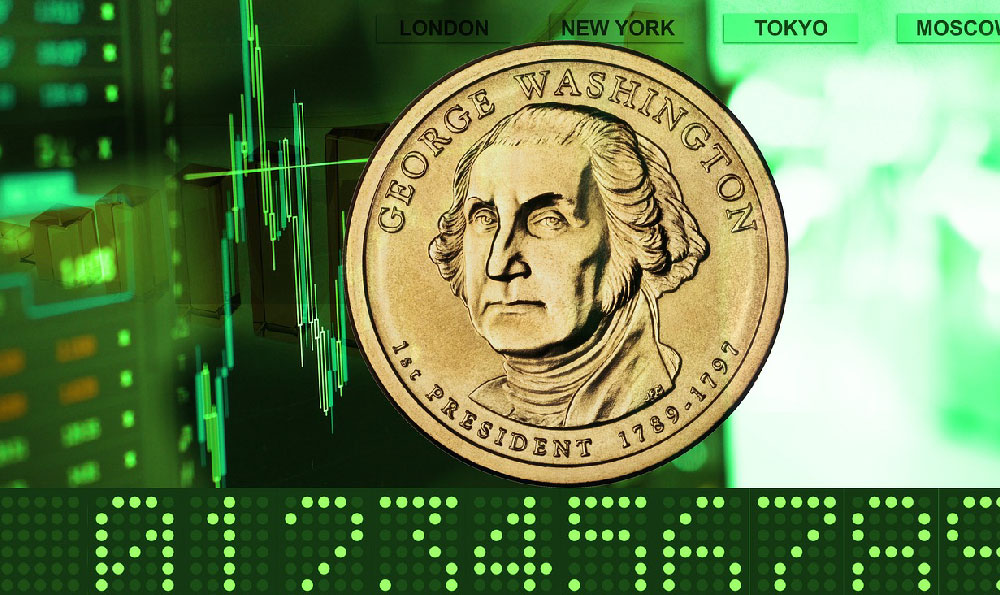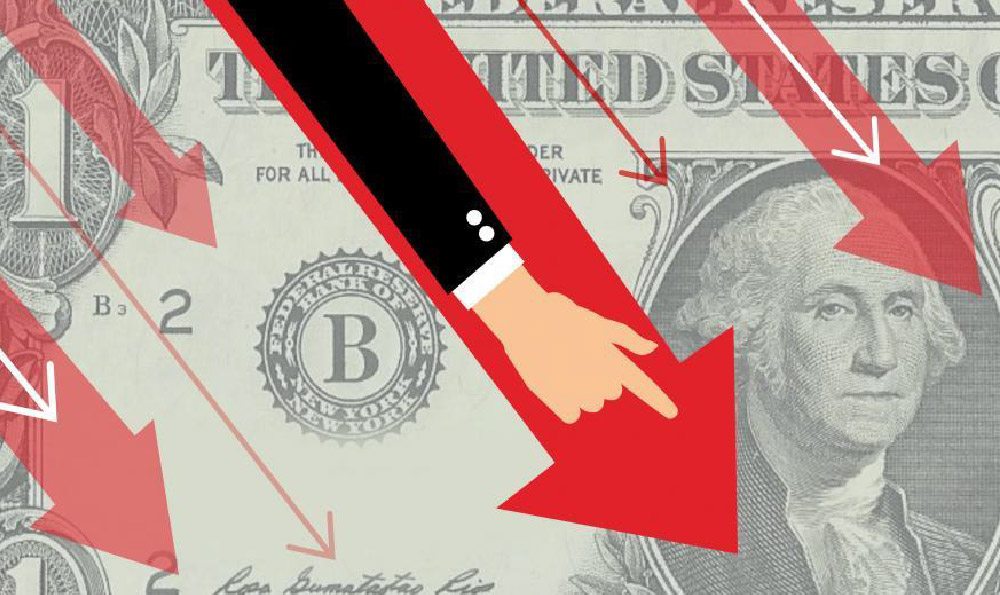The question of making "fake money feel real" delves into a complex intersection of economics, psychology, and technology. While counterfeiting attempts to make physically identical copies of currency, a more nuanced interpretation considers how to create value and perception around assets that may initially lack inherent worth, much like certain cryptocurrencies or digital tokens. Achieving this perceived reality requires a multifaceted approach focused on building trust, demonstrating utility, fostering community, and managing risk effectively.
One critical element is establishing scarcity. Traditional fiat currency is typically controlled by central banks who regulate the supply. In the digital realm, scarcity can be artificially induced through tokenomics, a carefully designed system of token distribution, burning mechanisms (permanently removing tokens from circulation), and staking rewards. A limited supply coupled with increasing demand can create a sense of value, even if the underlying asset’s intrinsic worth is initially questionable. Bitcoin, for instance, owes much of its value to its capped supply of 21 million coins. The perceived scarcity, coupled with increasing adoption, has driven its price appreciation significantly. However, simply creating scarcity isn't enough. The project must inspire confidence that the scarcity will be maintained and not subject to manipulation.
Demonstrating tangible utility is paramount. The token or cryptocurrency needs to serve a purpose beyond simply being a speculative asset. This can be achieved by integrating it into a functioning ecosystem, such as a decentralized application (dApp), a metaverse environment, or a supply chain management system. If the token grants users access to valuable services, discounts, or voting rights within a thriving community, its perceived value increases. Consider projects like Ethereum, where the native token ETH is used to pay for gas fees on the network, incentivizing miners and enabling smart contract execution. The utility derived from powering a vast decentralized computing platform contributes significantly to ETH's perceived value. Similarly, tokens within specific blockchain games gain value through their use in acquiring in-game assets or participating in gameplay mechanics. The key is to create a demonstrable use case that resonates with potential users and creates genuine demand.

Building a strong and engaged community is crucial for fostering trust and reinforcing the perception of value. A vibrant community can act as a powerful marketing force, spreading awareness and advocating for the project. Furthermore, a dedicated community provides feedback, identifies bugs, and contributes to the overall development and improvement of the platform. Transparency and open communication are essential for building trust within the community. Project developers should actively engage with community members, address their concerns, and provide regular updates on progress. Furthermore, the community can serve as a check against potential manipulation or fraudulent activity. The more invested and knowledgeable the community, the more likely they are to identify and expose any red flags.
Effective marketing and branding play a significant role in shaping perception. A well-crafted narrative that highlights the project's unique value proposition, its problem-solving capabilities, and its potential for future growth can attract attention and generate interest. However, it’s crucial to avoid hype and misleading claims, as these can ultimately backfire and damage the project's reputation. Ethical and transparent marketing practices are essential for building long-term trust and credibility. Focus should be on education and informing potential users about the risks and rewards associated with the investment, rather than making unrealistic promises of guaranteed returns.
Risk management is another vital aspect of creating the perception of "real" value. No investment is without risk, and it's essential to be transparent about the potential downsides. This includes acknowledging the volatile nature of cryptocurrency markets, the possibility of regulatory changes, and the potential for technological obsolescence. Projects can mitigate risk by implementing robust security measures, undergoing regular audits, and diversifying their holdings. Furthermore, investors should be educated about the importance of diversification and only investing what they can afford to lose. Addressing risk openly and proactively can build confidence and demonstrate a commitment to protecting investors' interests.
Legal compliance is of utmost importance. Navigating the complex and evolving regulatory landscape surrounding cryptocurrencies and digital assets is essential for maintaining legitimacy and avoiding legal repercussions. Projects must adhere to applicable laws and regulations, including securities laws, anti-money laundering (AML) regulations, and data privacy laws. Seeking legal counsel and proactively engaging with regulatory bodies can help ensure compliance and demonstrate a commitment to operating within the legal framework. Non-compliance can severely damage a project's reputation and erode trust among investors.
Finally, consider the power of network effects. The value of many cryptocurrencies and blockchain projects increases exponentially as more users join the network. This is because the more users that participate, the more valuable the network becomes. This effect can be amplified through strategic partnerships and integrations with other platforms and services. By expanding the ecosystem and increasing its interconnectedness, the project becomes more resilient and valuable over time. This also reinforces the feeling that the money is becoming 'real', as it has genuine purchasing power within a growing network.
In conclusion, making "fake money feel real" is not about deceit or manipulation, but rather about creating genuine value, fostering trust, and building a sustainable ecosystem around a digital asset. By focusing on scarcity, utility, community, marketing, risk management, legal compliance, and network effects, projects can increase the perceived value of their tokens and attract long-term investment. However, it's crucial to remember that the cryptocurrency market is inherently volatile, and there are no guarantees of success. Investors should always conduct thorough research, understand the risks involved, and only invest what they can afford to lose. The ultimate goal should not be to create an illusion of value, but rather to build a valuable and sustainable project that benefits all participants.












